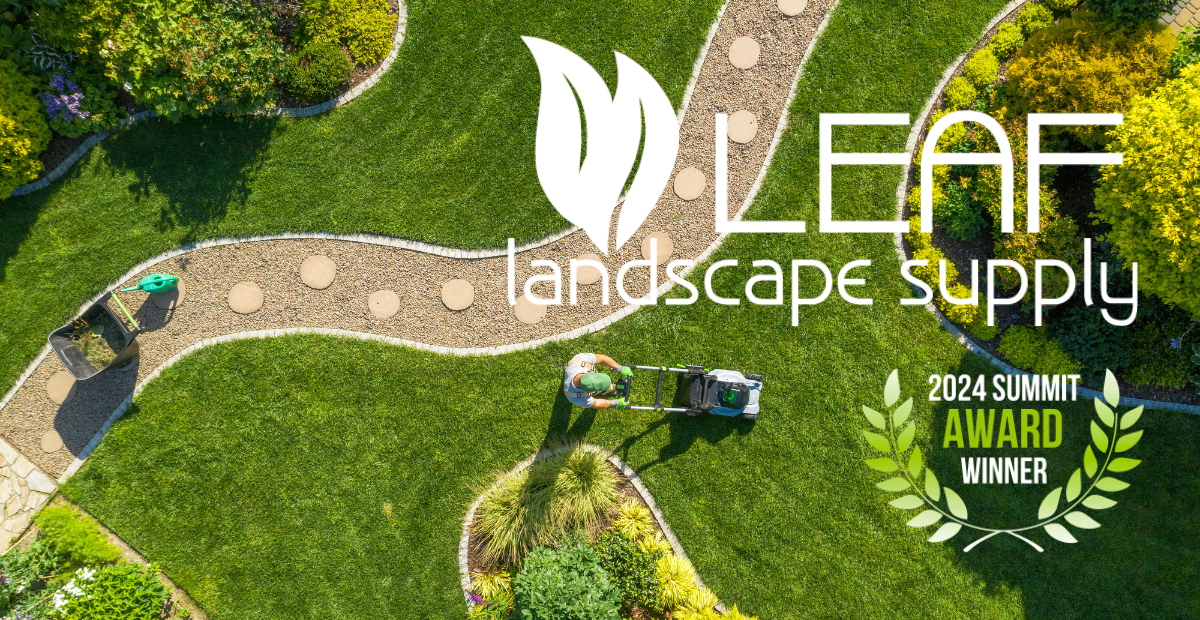
Near Me Nursery in 78738, Austin – Texas
The Ultimate Guide to Home Gardening Near Austin
As spring approaches, many homeowners in 78738, Austin, Texas, are gearing up for the gardening season. For those looking to enhance their outdoor spaces, a trip to the local nursery can provide a wealth of inspiration and resources. Whether you’re an experienced gardener or just starting out, navigating the world of nurseries can be both exciting and overwhelming. This guide aims to help home gardeners in the Austin area make the most of their nursery experience, offering tips and insights to ensure a fruitful and enjoyable visit.
Acknowledging the Local Climate and Soil Conditions
Choosing the Right Plants for 78738, Austin, Texas
One of the most crucial aspects of successful gardening is selecting plants that are well-suited to the local climate and soil conditions. In the case of 78738, Austin, Texas, the region falls into the USDA Hardiness Zone 8b, characterized by hot, humid summers and relatively mild winters. This means that plants capable of thriving in these conditions, such as heat-tolerant annuals and perennials, are ideal choices for local gardens.
When visiting a nursery, it’s important to seek out staff members who are knowledgeable about the specific needs of the region. They can offer valuable advice on the best plants for the area, taking into account factors like sun exposure, soil type, and water requirements. By ensuring that the chosen plants are well-suited to the local environment, home gardeners can set themselves up for success and minimize the need for extensive maintenance.
Leveraging Native and Adaptive Plants
In addition to considering local climate and soil conditions, home gardeners in 78738, Austin, Texas, can benefit from incorporating native and adaptive plants into their landscapes. Native plants are naturally found in the region and have evolved to thrive in the local ecosystem. They often require less water and maintenance, making them an environmentally-friendly and sustainable choice. Similarly, adaptive plants are non-native species that have demonstrated the ability to flourish in the area’s particular climate and soil conditions.
At a well-stocked nursery, gardeners can expect to find a diverse selection of native and adaptive plants suitable for various landscape needs. From colorful wildflowers to hardy shrubs, these plants can help create a vibrant and resilient garden that harmonizes with the natural surroundings. By integrating native and adaptive species into their landscapes, home gardeners can contribute to the preservation of local biodiversity while enjoying the benefits of low-maintenance and water-efficient gardening.
Navigating the Nursery: Tips for a Productive Visit
Planning Ahead and Setting a Budget
Before heading to the nursery, it’s helpful for home gardeners to have a clear plan in mind and establish a budget for their gardening projects. Taking stock of the existing landscape, identifying areas for improvement, and envisioning the desired outcomes can guide the selection of plants and materials. Moreover, setting a budget can help prevent impulse purchases and ensure that the overall garden project remains financially manageable.
Once at the nursery, it’s important to resist the temptation to buy on impulse and instead, stick to the planned list of plants and materials. However, remaining open to discoveries and recommendations from nursery staff can also enrich the gardening experience. By having a structured approach while remaining open to new ideas, home gardeners can strike a balance between careful planning and serendipitous finds.
Seeking Expert Advice and Information
Nurseries are not just places to purchase plants; they also serve as valuable sources of knowledge and expertise. When visiting a local nursery in 78738, Austin, Texas, home gardeners should take advantage of the opportunity to interact with knowledgeable staff. Whether seeking advice on plant care, landscaping ideas, or pest control strategies, engaging with experienced nursery professionals can provide valuable insights and solutions tailored to the local environment.
Additionally, many nurseries offer workshops, seminars, and informational resources aimed at educating and empowering home gardeners. These educational opportunities can cover a wide range of topics, from soil preparation and composting to water-wise gardening practices. By tapping into these resources, home gardeners can enhance their gardening skills and stay abreast of the latest trends and techniques.
Embracing Quality and Sustainability
When selecting plants and gardening supplies, it’s important to prioritize quality and sustainability. Opting for healthy, well-cared-for plants from reputable nurseries can greatly increase the likelihood of successful establishment and growth in the home garden. Moreover, choosing responsibly-produced materials, such as organic fertilizers and natural pest control options, can contribute to the overall sustainability of the gardening endeavor.
By embracing a quality-driven and sustainable approach, home gardeners not only support the health and resilience of their own landscapes but also promote environmental stewardship. Nurseries that prioritize high-quality, sustainable products and practices can serve as allies in the pursuit of eco-friendly gardening, offering a wide range of options that align with the values of conscientious home gardeners.
End thoughts
As home gardeners in 78738, Austin, Texas, prepare to embark on their gardening endeavors, the local nursery stands as a valuable ally in creating vibrant and sustainable outdoor spaces. By appreciating the unique needs of the region, leveraging native and adaptive plants, and making the most of their nursery visits, gardeners can set themselves up for success and enjoyment. With careful planning, expert guidance, and a commitment to quality and sustainability, the journey toward a thriving garden becomes an enriching and fulfilling experience.
